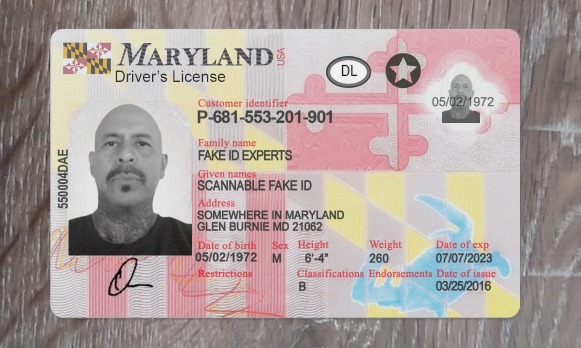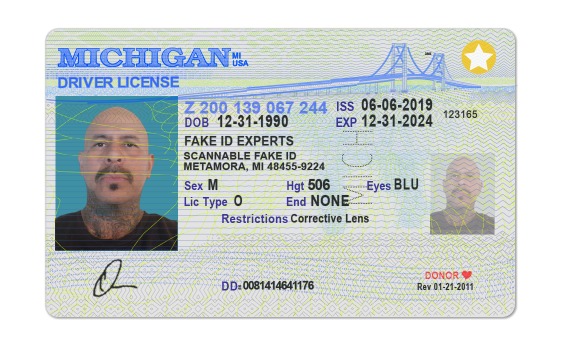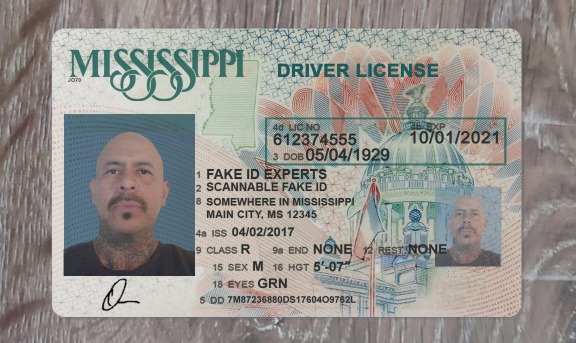Photo Gallery

|


|
Understanding the Purpose of ID Readers



Understanding the Purpose of ID Readers
Meta Description: Discover the importance and functionality of ID readers in various industries. Learn about the role of ID readers in security, access control, and identity verification processes.
In today’s world, identity verification is crucial across numerous sectors, from government agencies to private businesses. ID readers play a pivotal role in ensuring secure access, verifying identities, and preventing fraudulent activities. This comprehensive guide will delve into the purpose of ID readers, their functionality, and their significance in various applications.
What Are ID Readers?
ID readers, also known as document scanners or card readers, are electronic devices designed to capture and process information from identification documents such as driver’s licenses, passports, and employee badges. These devices utilize various technologies, including optical character recognition (OCR) and magnetic stripe reading, to extract data from ID cards quickly and accurately.
Importance of ID Readers
Enhancing Security
One of the primary purposes of ID readers is to enhance security measures in different environments. By scanning and validating identification documents, ID readers help prevent unauthorized access to secure facilities, events, or digital systems.
Streamlining Processes
ID readers streamline various processes that require identity verification, such as visitor registration, employee onboarding, and age verification in retail settings. By automating these tasks, businesses can improve efficiency and reduce the risk of human error.
Preventing Fraud
In industries such as banking, healthcare, and hospitality, ID readers play a crucial role in preventing identity theft and fraud. By verifying the authenticity of identification documents, these devices help organizations mitigate financial losses and protect sensitive information.
Types of ID Readers
Barcode Scanners
Barcode scanners are commonly used for reading linear and 2D barcodes printed on ID cards. These scanners are efficient for capturing data encoded in barcodes quickly and accurately.
RFID Readers
RFID (Radio Frequency Identification) readers use radio waves to wirelessly communicate with RFID-enabled ID cards. These readers are ideal for high-volume access control applications, such as building entry systems and public transportation.
Magnetic Stripe Readers
Magnetic stripe readers are designed to read the data stored on the magnetic stripe of ID cards, such as credit cards and driver’s licenses. These readers are widely used for credit card processing and identity verification purposes.
Applications of ID Readers
Access Control Systems
ID readers are integral components of access control systems used in buildings, parking facilities, and gated communities. These systems authenticate individuals’ identities and grant or deny access based on predefined permissions.
Age Verification
In industries where age restrictions apply, such as alcohol sales and gambling, ID readers are used to verify customers’ ages quickly and accurately. This helps businesses comply with legal requirements and prevent underage access.
Border Security
At border checkpoints and immigration control points, ID readers play a vital role in verifying travelers’ identities and validating their travel documents. These readers help border security agencies maintain national security and enforce immigration laws.
Conclusion
Understanding the purpose of ID readers is essential for grasping their significance in today’s security-conscious world. From enhancing security measures to streamlining identity verification processes, ID readers play a crucial role in various industries, safeguarding assets, and protecting sensitive information.
Comments